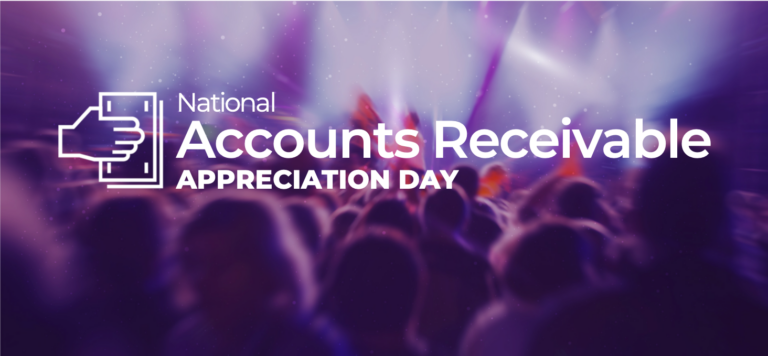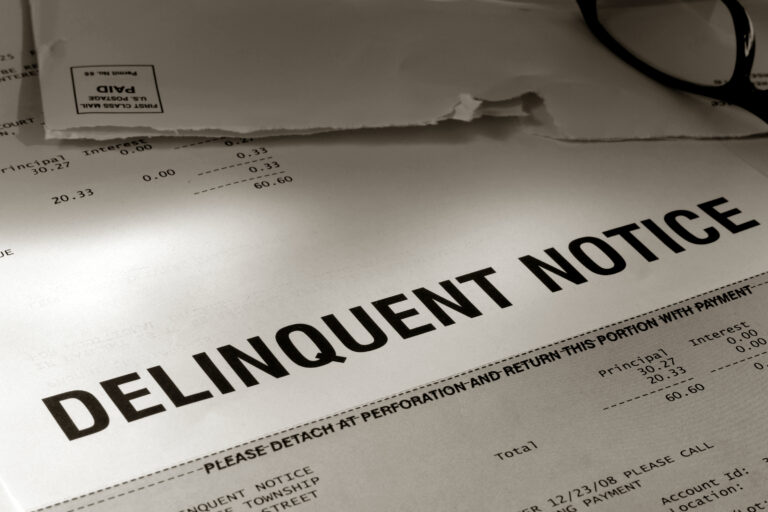Knowing how to avoid and prevent chargebacks isn’t easy, but it can save your business money down the line. These financial retractions reflect a problem with one of your business deals and also come with specific fees that are intentionally punitive and tend to escalate as the frequency of your disputes increases.
This article explores the what, why, and how of chargebacks and some useful strategies to minimize their impact on your business.
What are chargebacks?
Chargebacks occur when funds are reversed because of a payment dispute. They involve returning money from a credit or debit card transaction to the customer when the charge has been disputed. Unlike refunds, chargebacks rely on the customer’s card issuer to retrieve the funds from the seller’s bank account. However, chargebacks take a long time to process (commonly two to three months) as they require investigations to determine the legitimacy of the dispute before any refunds are made.
Here’s a simple breakdown of the chargeback process:
- A customer purchases a product or service from your business using a credit or debit card, with the funds subsequently deposited in your business account.
- The customer disputes the transaction with their card issuing bank.
- The issuing bank begins the formal chargeback process by contacting your payment processor and issuing a temporary credit to the customer’s card account.
- Your payment processor notifies you of the dispute, with the disputed funds being removed from your business account until a resolution is reached.
- As a business, you can investigate the claim and document the legitimacy or illegitimacy of the dispute, presenting your findings to the issuing bank.
- If the issuing bank rules your favor, the funds are returned to your business account. If either side challenges the decision, the chargeback may enter an arbitration process handled by the relevant credit card network.
Why do chargebacks happen?
There are several reasons why a buyer might dispute the charges for a recent purchase, but these commonly fall into one of the following categories:
- Billing anomalies: These include duplicate invoices, miscalculated totals, inaccurate order or pricing information, processing errors, etc.
- Delivery challenges: The goods or services arrived at the latest.
- Fraud: This is if the cardholder did not authorize the charge.
- Customer complaints: This relates to damaged products or ineffective services.
No matter the reason behind a chargeback, they are a hassle for any business. You may be wondering how to avoid chargebacks altogether, but unfortunately, it’s impossible to eradicate all chargebacks. However, some strategies can help minimize the amount of payment disputes your business receives.
10 ways to reduce chargebacks
1. Have clear return and refund policies
As previously mentioned, chargebacks result in punitive fees for businesses, whereas processing a refund doesn’t incur such an aggressive penalty. So when a customer has an issue with their delivery, resolving the dispute with a refund has less financial impact than a chargeback.
You should encourage customers to contact your business directly when issues arise. Having your return, refund, and customer cancellation policies well-documented and communicated multiple times during the purchase process is also beneficial. When customers know the correct procedure for obtaining a refund from your business, they are less likely to resort to involving their issuing bank.
2. Be accessible
Similarly, you should clearly display the contact information for your customer support staff on your website, invoices, and any general communications with existing and potential customers. Chargebacks often occur because customers are unable to resolve their problems promptly or adequately. So, when complaints come in, it’s crucial to resolve them quickly.
3. Provide straightforward invoices
The more confusing your invoices are, the more likely a buyer will have a question or concern that interrupts payment. But when all of the details of a given sale are clearly documented and readily available, you can head off any confusion-related disputes before they occur. You should also ensure your company name is displayed correctly on customers’ credit card statements.
At a glance, customers should be able to identify the following on your invoices easily:
- Invoice number
- Service or product descriptions
- Unit price
- Total cost
- Delivery details
- Payment terms (including due date)
See our article for a complete guide to what you should include on an invoice to avoid issues.
4. Minimize errors through automation
Despite your best efforts, mistakes are inevitable. However, automating your billing processes can help ensure accuracy in transactions and detect and prevent fraudulent activities, ultimately preventing chargebacks.
With the proper accounts receivable automation platform, you can create automated workflows that seamlessly handle invoices from start to finish, including calculations, auditing, and monitoring, with minimal manual intervention. Solutions like Invoiced offer robust integration capabilities that simplify the transfer of financial, shipping, and customer data, eliminating the need for manual data entry and reducing the risk of errors that could lead to chargebacks.
5. Prioritize security
Whenever financial transactions occur, opportunistic individuals seek to take advantage of the situation. For instance, rogue employees may submit fraudulent invoices to customers, expecting them to be approved and paid without delivery verification. Dishonest buyers might also use stolen or compromised credit card information for purchases.
Your invoicing processes should include automated verification checks that cross-reference shipping and payment details with existing customer records to protect your business. Leverage address verification services or other anti-fraud options if your credit card processor offers them. Additionally, capture and document approvals, receiving efforts, and any other actions undertaken by customers.
Of course, any billing irregularities caused by fraud may be due to an honest mistake or a poor understanding of proper procedure. These situations are known as friendly fraud — disputes that aren’t technically legitimate but aren’t overtly criminal.
6. Diversify your payment options
Chargebacks are specific to credit and debit transactions, making the reversal of charges more complex and punitive than other payment processing methods. Therefore, you should offer buyers more payment options, such as automated clearing house (ACH) transactions or wire transfers.
Our new Vendor Pay feature simplifies the management, submission, and receipt of ACH transactions at a competitive price compared to credit card processing. At the same time, Vendor Pay establishes a digital paper trail for each transaction, streamlining your auditing and monitoring efforts.
7. Be precise in your marketing
While it’s unlikely that you would deliberately promote false advertisements, there’s a risk of spreading marketing misinformation to customers. Keep your product descriptions, pricing information, and credit terms up-to-date across all channels (e.g., website, product catalogs, order forms). This reduces chargebacks caused by confusion and potential disputes, especially when a customer is only familiar with old product names and encounters new ones on invoices or charges.
At the same time, promptly remove any deals or discount notices when the preferred pricing period expires to avoid further customer confusion, dissatisfaction, and bad customer experiences.
8. Work on your timing
The sooner you can get an invoice in front of your customer, the more likely they are to close out the sale. However, try not to be too aggressive in your billing timelines. Instead, consider delaying the release of any invoices until after the associated products or services have been shipped or delivered. At the same time, provide visibility into your fulfillment and shipping efforts, allowing buyers to monitor delivery timelines to reduce the likelihood of a dispute due to the non-receipt of merchandise.
9. Harden your record-keeping efforts
One helpful strategy in heading off payment disputes and preventing chargebacks is to have documented evidence on your side. Capture purchase orders, delivery receipts, invoices, and any other relevant records — preferably including corresponding authorization signatures for each process step. At the same time, when receiving credit card payments, require and document as many verification details as possible (e.g., CVV codes, PINs).
10. Leverage analytics
Refrain from assuming that your chargeback prevention efforts are successful. Ensure that they are actively tracking and reporting on your chargeback rates, matching any improvement efforts — such as the above measures — against historical records to determine success. At the same time, with a supplemental analytics tool, you may be able to isolate and identify trends or anomalies not apparent to the human eye, making it easier to identify problem areas or fraudulent activity.
Invoiced’s advanced analytics capabilities allow you to spot these trends and more, including cash collection forecasting,
How automation software can help your business reduce chargebacks and more
Of the strategies discussed above, we here at Invoiced are confident that automation software can deliver a high return on investment. Not only will your business benefit from the expected time and labor-saving advantages of such a strategy, but you will also typically gain access to tools and reporting capabilities that deliver:
- Improved communication: thanks to customizable, repeatable contact measures, particularly surrounding dunning efforts
- Increased buyer control: via measures like our Vendor Pay feature that lets customers better manage when and how they pay
- Integrated validation: that verifies purchase orders against known customer information
- Reduced errors: by offloading previously manual tasks to the technology
- Standardized delivery: centralized, automated workflows that help ensure that every sale and invoice will be handled in the same, formalized structure, making it easier for repeat buyers to know what to expect
- Streamlined reporting: captures the relevant metadata from each step of your ordering, fulfillment, and invoicing processes
Put together, these capabilities provide our customers with a powerful, intuitive means of reducing the number of chargebacks they encounter while improving their customer experience.
Minimize chargeback fees and other payment issues with Invoiced
At Invoiced, we are experts at accounting automation. By leveraging our technology, we’re confident that you’ll be better equipped to prevent and reduce chargebacks at your business.
In particular, our Accounts Receivable Automation software offers Smart Chasing technology that streamlines dunning efforts and supports multi-channel communication for more successful buyer interactions. Similarly, the platform delivers a self-service payment portal that you can extend to your customers — empowering them to review, pay for, and even dispute outstanding invoices from a central dashboard.
And by clearly documenting the reason for a given challenge or issue and placing it directly in the hands of your accounts receivable staff, you can ensure that problems are addressed immediately and efficiently.
So why not schedule a demo today and discover how to make chargebacks a rarity at your business?






